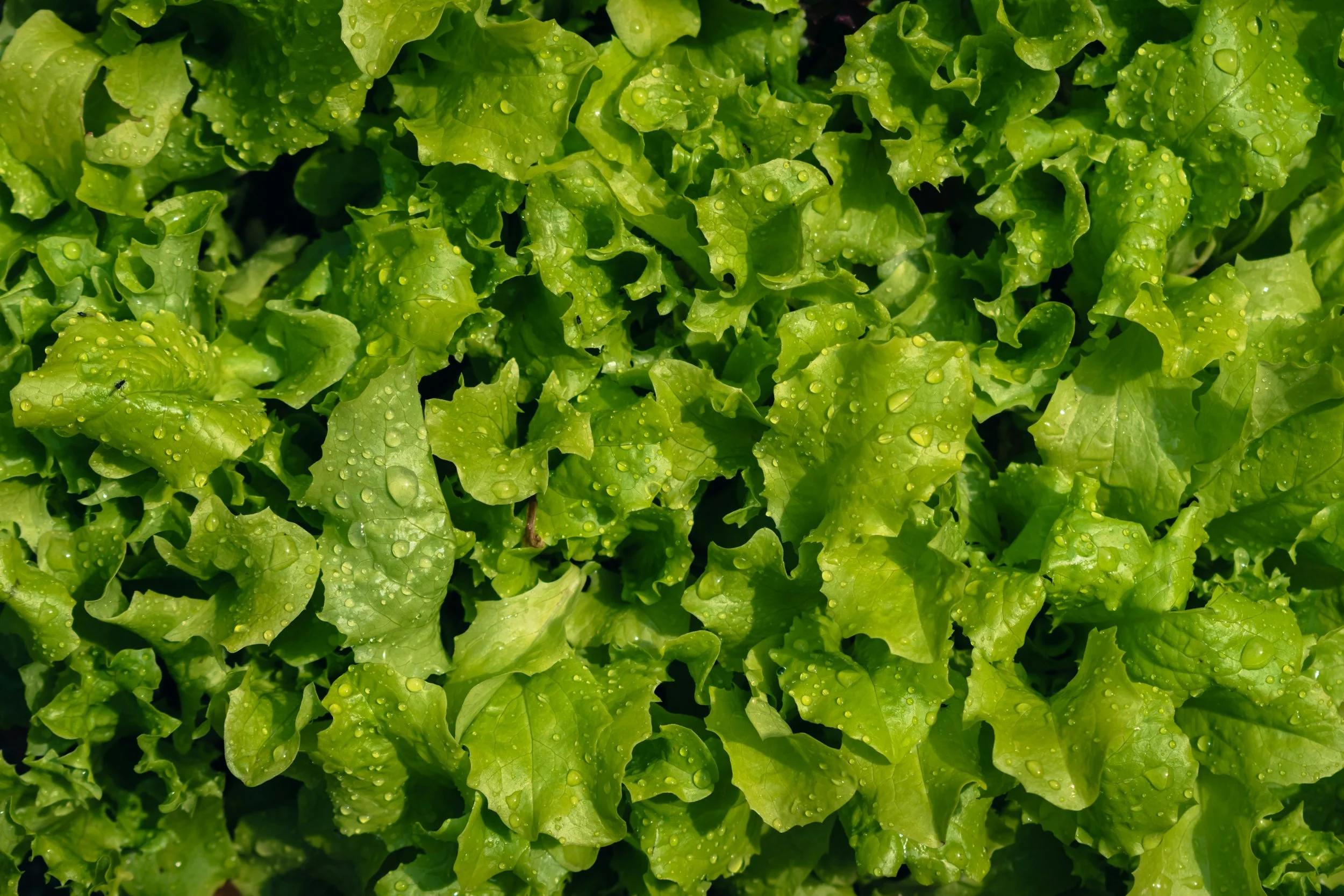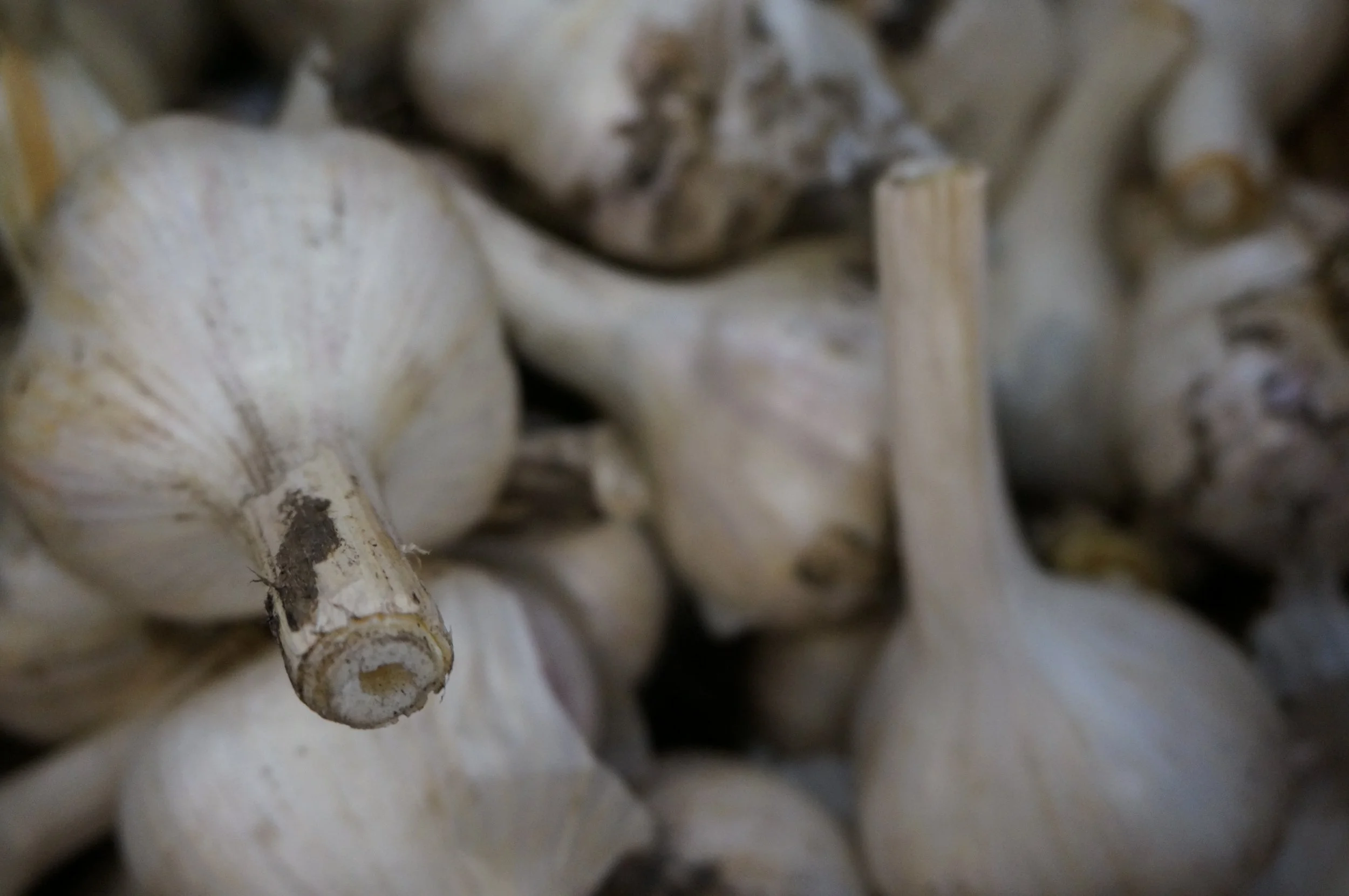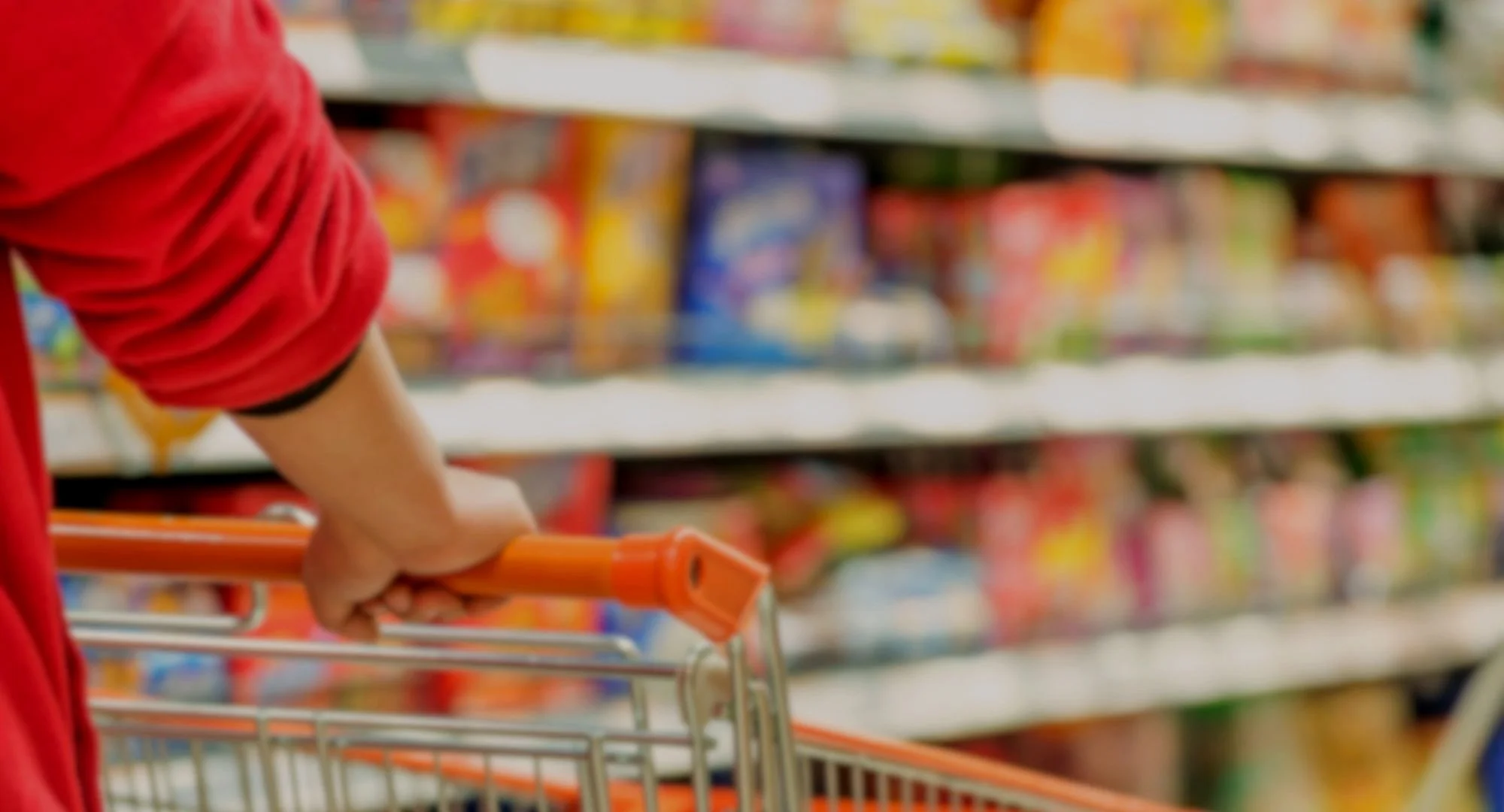Our Annual Community Update is our chance to tell you about everything we’ve been working on over the past year. It’s also an opportunity to reflect on that work together as we begin a new year and move forward as an organization.
Everyone is welcome. Registration is required.



















